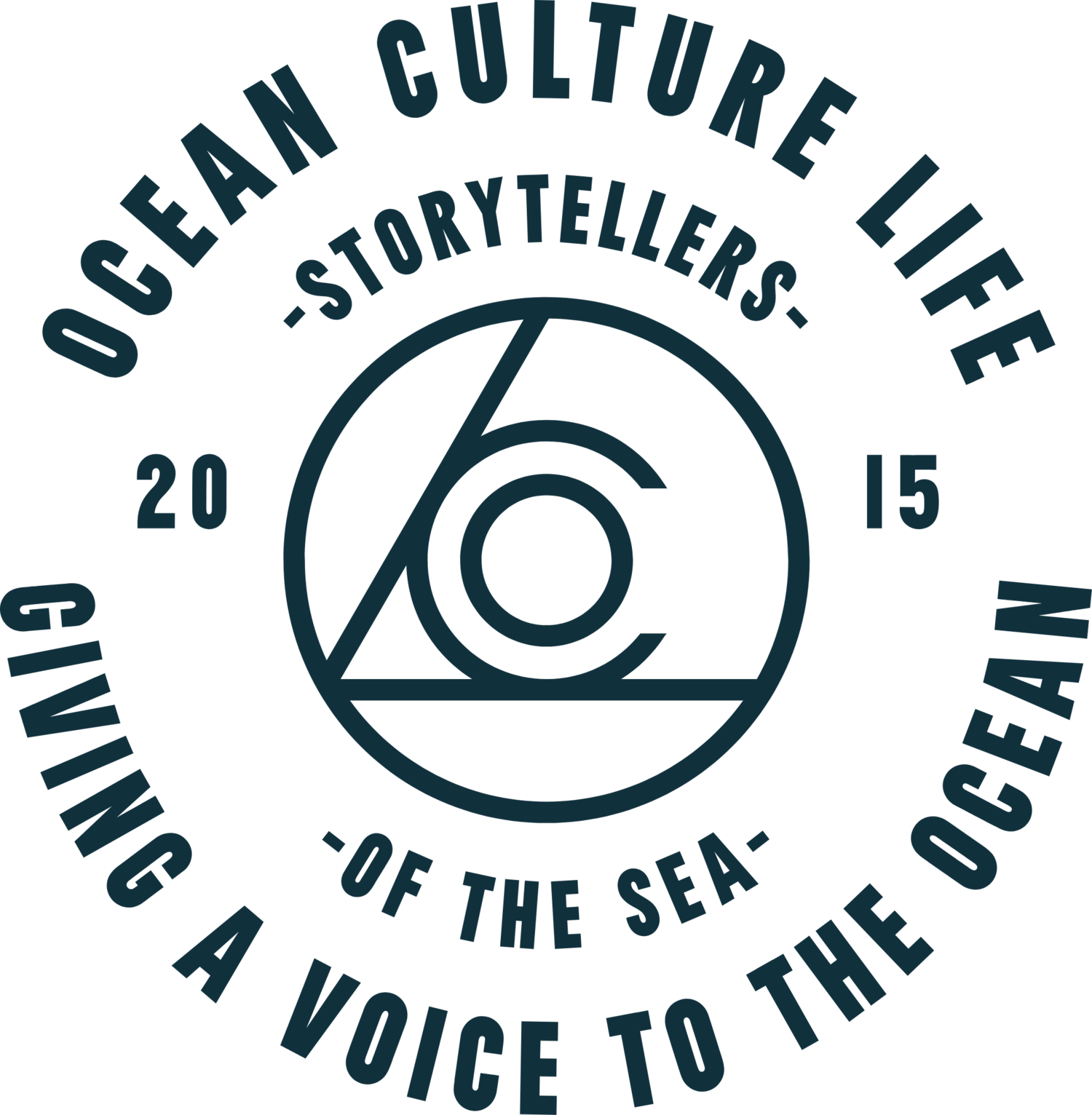What Role Does TOURISM Play In Manta Ray Protection?
This year's World Manta Day is all about tourism, and it's no surprise why. Tourism plays a crucial role in the conservation of manta rays, as it not only raises awareness about these incredible creatures but also generates much-needed funding for research and conservation efforts.
By attracting visitors to manta ray habitats, tourism helps to protect these gentle giants from exploitation and provides an opportunity for people to witness their beauty firsthand. However, it is essential that manta ray tourism is properly managed to ensure the long-term survival of these magnificent animals.
Image Credit: Jono Allen
Properly managing manta ray tourism is key to promoting responsible visitor practices and reducing human impacts on their fragile habitats. This means implementing guidelines and regulations that prioritise the well-being of the manta rays and their environment. It also involves educating visitors about the importance of sustainable tourism practices, such as not touching or disturbing the mantas and respecting their natural behaviour. By doing so, we can minimise the negative effects of tourism on these vulnerable creatures and their habitats.
Sustainable tourism not only benefits manta rays, but it also has positive impacts on local communities and economies. Responsible tourism practices can create opportunities for local people to participate in conservation efforts, such as becoming tour guides or providing support services for visitors. Additionally, the revenue generated from manta ray tourism can be used to fund further research and conservation projects, ensuring the long-term protection of these incredible animals.
Image Credit: Matt Porteous
Threats to Ray Populations
Sadly, manta and devil ray populations around the world are under threat and their numbers are falling in many regions.
The consumption of manta and devil ray gill plates as a pseudo-remedy in regions of China and East Asia is a significant factor driving their capture. These majestic creatures, with their graceful movements and breathtaking beauty, have unfortunately become victims of the demand for their gill plates. The belief that consuming these plates can provide health benefits has led to a thriving market, resulting in the relentless hunting and capture of these gentle giants.
However, the capture of mantas and devil rays not only affects their population, but also poses a threat to their survival. These magnificent creatures often get entangled in fishing nets, resulting in their death as bycatch. Even when they are released alive, their chances of survival are slim. The stress and injuries caused by the entanglement can significantly weaken them, making it difficult for them to recover and thrive in their natural habitat.
In addition to this, unsustainable and unregulated tourism practices can also harm mantas and devil rays. Overcrowding at important cleaning and feeding sites can disturb their natural behaviour and drive them away from these crucial locations. Poor in-water behaviour by tourists, such as touching or chasing the rays, can further disrupt their habitat and cause distress to these vulnerable creatures.
Also, the impact of climate breakdown cannot be ignored. As the Earth's climate continues to change, it poses a threat to the distribution and abundance of zooplankton, which mantas rely on for food. With changes in ocean temperatures and currents, the availability of zooplankton may be altered, affecting the feeding patterns and overall health of mantas and devil rays.
It is crucial that we recognise the multiple threats faced by these magnificent creatures and take immediate action to protect them. Conservation efforts, such as stricter regulations on hunting and fishing practices, sustainable tourism initiatives, and addressing climate change, are essential to ensure the survival of mantas and devil rays for generations to come.
Image Credit: Matt Porteous
The good news is there are so many amazing dedicated organisations working hard to protect manta rays around the world.



